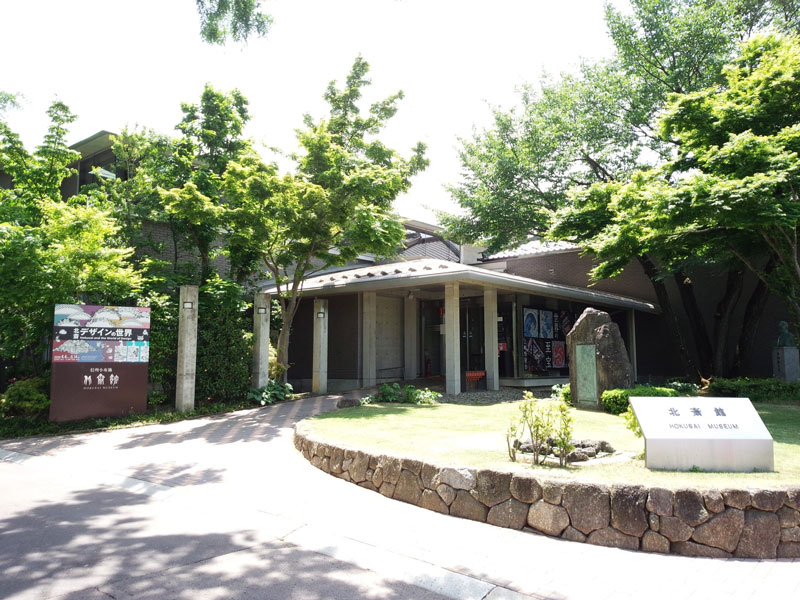
Re:Imaging Production シン・複製
- 13 July 2024
- 9:30am BST - 5:00pm BST
- WELLS MALTINGS, STAITHE ST, WELLS-NEXT-THE-SEA, NORFOLK NR23 1AN
- https://www.sainsbury-institute.org/events/reimaging-production/
- 01603 597507
- sisjac@sainsbury-institute.org
- Tweet
In partnership with the Hokusai-kan Museum, Obuse.
This symposium will be held in-person at Wells Maltings and streamed online via Zoom. Further details regarding the programme and registration details will be released in due course.
Using the works displayed in the exhibition Hokusai: A Vision Above as a starting point, this symposium will explore the advancing field of reproductions and replicas within the context of museum and gallery displays and assess the applications, advantages, nuances, and limitations of this developing area of digital production.
About the Symposium
The concept of mechanical reproduction was developed by Walter Benjamin (1892-1940), who posited that replicated artworks lack a certain ‘aura’ — an essence tied to the time and place of their origin. He argued that even the most flawless copy falls short of the original’s unique qualities. Traditionally, art replicas have been seen merely as stand-ins for originals in museums and galleries. However, “master replicas,” created using high-resolution reproduction technologies, allow for a closer examination of essential features of the originals than earlier reproduction methods, such as photography or cast-making. To exploit these high-quality reproductions of 2-D and 3-D artworks, local museums can foster greater public engagement by offering diverse experiences, such as tactile aids, to cater to varied learning preferences and needs. In addition, having recourse to high-fidelity master replicas allows us to capture accurately the colours, textures and size of the original artwork. Examining closely these precise replicas facilitates a deeper appreciation of traditional craftsmanship and its conservation requirements.
These new ways of studying art highlight the exciting possibilities that have emerged from the modern technologies employed in art replication. Additionally, some artworks cannot be relocated physically from the sites for which they were created. In such cases, displaying replicas represents the sole means of exhibiting artworks in various locations. Through master replicas, we can transcend the limitations of time and space, thereby redefining authenticity within the context of educational and display strategies in museums.
This symposium will focus on these types of reproductions, exploring the potential benefits and developments they could bring to museums, as well as discussing the possible disadvantages of their use.
This symposium and accompanying exhibition is part of the anniversary programme celebrating 25 years of the Sainsbury Institute for the Study of Japanese Arts and Cultures.
This symposium is organised by The Hokusai-kan Museum and the Sainsbury Institute for the Study of Japanese Arts and Cultures.
Special Support: The Ishibashi Foundation. In cooperation with NTT ArtTechnology / Arstechne and the Art Research Center, Ritsumeikan University.
